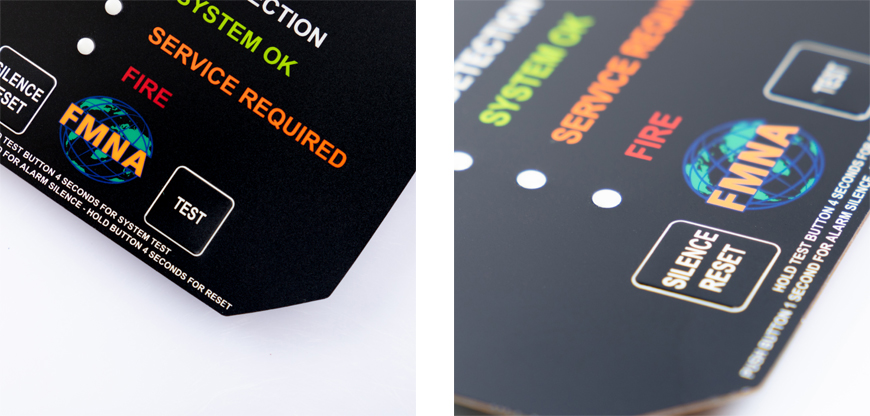
In the world of electronics and user interfaces, membrane switches have gained significant popularity due to their durability and versatility. These switches are widely used in various applications, from consumer electronics to industrial machinery. One critical aspect of a membrane switch that often comes into question is its "travel." In this article, we will explore what travel means in the context of membrane switches, how it impacts user experience, and what can be considered typical in terms of travel for these switches.

Before delving into the concept of travel, let's have a quick overview of what membrane switches are. A membrane switch is a low-profile, flat-panel switch that is often used to enter commands or inputs. It typically consists of several layers, including a flexible membrane with printed circuits, a graphic overlay with labels or icons, and a backing adhesive layer. When a user presses a button or area on the graphic overlay, the top and bottom layers of the membrane come into contact, completing an electrical circuit and registering the input.
Travel in a membrane switch refers to the distance the top layer (graphic overlay) travels when it is pressed or actuated. In simpler terms, it's the amount of physical movement required for a user to register a button press. Travel is an essential factor in determining the tactile feedback and feel of the switch, influencing the user's overall experience.
Several factors can influence the travel of a membrane switch, including:
1. Design and Thickness
The design and thickness of the membrane switch play a crucial role in determining travel. Switches with thicker overlays or additional layers tend to have more travel due to the increased distance the top layer needs to cover to make contact with the circuitry.
2. Actuation Force
The amount of force needed to actuate the switch can impact its travel. Some switches are designed to be highly sensitive and require minimal force, resulting in shorter travel, while others are designed for rugged applications and require more force, leading to longer travel.
3. User Preferences
User preferences also come into play. Some users prefer switches with shorter travel for quick and effortless input, while others may prefer switches with longer travel for a more deliberate and tactile feel.
4. Application Requirements
The specific application where the membrane switch is used can dictate its travel requirements. For instance, in medical equipment, a switch with shorter travel might be preferred for quick responses, while in a musical instrument, a longer travel switch could provide better control.
There is no one-size-fits-all answer to the question of how much travel is typical for a membrane switch, as it largely depends on the factors mentioned above. However, it's possible to provide a general range:
Short Travel: 0.1mm - 0.5mm
Medium Travel: 0.5mm - 1.5mm
Long Travel: 1.5mm - 4mm
These ranges are not set in stone and can vary based on the manufacturer and the specific requirements of the application. It's essential to consult with the membrane switch manufacturer to determine the most suitable travel for your needs.
In conclusion, the travel of a membrane switch is a critical factor that impacts the user experience and the functionality of the switch. It can vary widely depending on design, force requirements, and user preferences. To find the right membrane switch for your application, consider the factors discussed in this article and consult with a reputable manufacturer.
1. Are membrane switches with longer travel more durable?
Membrane switch durability is not solely determined by travel. Other factors like materials and construction also play a significant role. It's best to consult with the manufacturer for durability specifications.
2. Can I customize the travel of a membrane switch for my specific needs?
Yes, many manufacturers offer customization options for membrane switches, including travel distance. You can discuss your requirements with them to create a tailored solution.
3. Are membrane switches with shorter travel less responsive?
Not necessarily. Shorter travel switches can be highly responsive, especially if they are designed with low actuation force requirements.
4. Do membrane switches wear out over time with repeated use?
Like all components, membrane switches can wear out with extensive use. However, their lifespan is influenced by factors such as design, materials, and quality of construction.
5. Where can I find high-quality membrane switches for my project?
You can explore reputable manufacturers and suppliers in the electronics and user interface industry. Conduct thorough research and request samples to ensure you get the right membrane switch for your needs.